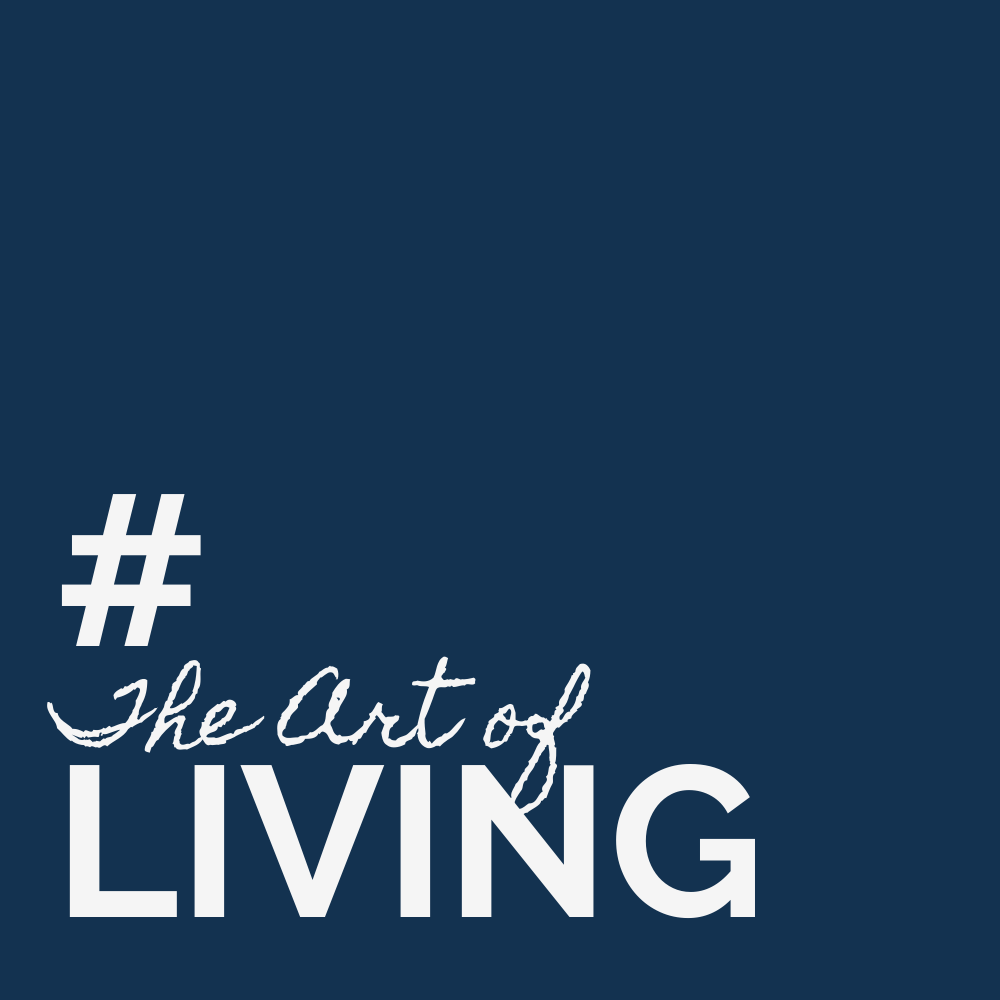Building habits is often seen as a daunting task, but what if the secret lies in starting small? In his book Atomic Habits by James Clear, he emphasizes the power of incremental, tiny changes that compound over time to create significant results. Similarly, BJ Fogg’s Tiny Habits reveals how small, actionable habits can transform your life without overwhelming your willpower or motivation. This blog explores the art of developing tiny habits, why they work, and practical ways to implement them in your daily life.
Why Tiny Habits Work
Tiny habits work because they bypass the need for large reserves of motivation, which is often fleeting. Instead, they rely on consistency and the principle of starting small. According to BJ Fogg, the smaller the action, the easier it becomes to integrate into your routine. For instance, flossing one tooth every day may seem trivial, but it lays the foundation for a larger habit of daily flossing.
James Clear also introduces the concept of habit stacking in Atomic Habits. He suggests anchoring a new habit onto an existing one. For example, if you already make coffee every morning, you can use that established habit as a trigger to add a new one, like writing down three things you’re grateful for. By stacking habits, you create a seamless routine that grows naturally over time.
The Science Behind Small Changes
The effectiveness of tiny habits is rooted in behavioral science. BJ Fogg highlights three components to successfully forming habits: motivation, ability, and triggers. Motivation is often unpredictable, but focusing on ability—making the habit so small that it’s impossible to fail—ensures consistency. Triggers, like tying a habit to an existing routine, act as reminders that keep the habit alive.
James Clear complements this with the idea of the “two-minute rule,” which suggests that any new habit should take less than two minutes to complete. The logic is simple: once you master the art of showing up, it becomes easier to expand the habit. Want to start running? Begin by just putting on your running shoes every day. Over time, that small action leads to larger ones, like stepping outside and jogging.
How to Start Building Tiny Habits
1. Start Ridiculously Small
One of the most important steps is to start small—so small that it feels almost silly. If your goal is to write a book, start by writing one sentence per day. If you want to exercise, commit to one push-up. The key is to remove the mental friction that stops you from starting.
2. Pair Habits with Existing Routines
Leverage habit stacking by pairing your new habit with something you already do. For example, after brushing your teeth, you could meditate for one minute. This creates a natural and predictable flow in your daily routine.
3. Celebrate Every Success
BJ Fogg emphasizes the need to celebrate even the smallest wins. Whether it’s a mental “yes!” or a fist pump, celebrating reinforces the habit in your brain and creates positive associations.
4. Track Your Progress
James Clear suggests tracking your habits to build momentum. Use a habit tracker or a simple calendar to mark each day you complete your habit. The visual cue of seeing consistent progress can motivate you to keep going.
Overcoming Challenges
Building tiny habits isn’t always smooth sailing. You might forget to complete your habit or feel like it’s too small to matter. Remember, the goal isn’t perfection—it’s consistency. Missing one day won’t undo your progress, but missing two days in a row can make it harder to get back on track. As Clear advises, “Never miss twice.”
Additionally, adjust your habits to fit your life. If a habit feels inconvenient, find ways to simplify it further. The less resistance you face, the more likely you are to stick with it.
The Ripple Effect of Tiny Habits
Tiny habits have a ripple effect that extends far beyond their initial scope. For example, committing to drinking one glass of water every morning can lead to broader health improvements, like better hydration and increased energy. Similarly, starting a gratitude practice can improve your overall outlook on life, making you more positive and resilient.
Both Atomic Habits and Tiny Habits emphasize that small changes can lead to an identity shift. When you consistently practice a habit, no matter how small, you begin to see yourself differently. Flossing one tooth turns into “I’m the type of person who flosses daily.” Writing one sentence becomes “I’m a writer.” This identity shift is the true power of tiny habits.
Final Thoughts
The art of developing tiny habits lies in embracing smallness. By starting small, stacking habits, and celebrating every success, you can create lasting change without overwhelming yourself. As both James Clear and BJ Fogg have shown, the power of tiny habits is transformative. So, pick one tiny habit today and take the first step toward the person you want to become.
“Small habits are the building blocks of big change. By focusing on what’s manageable, you create momentum that carries you toward your goals.” – Inspired by Atomic Habits and Tiny Habits
Related
Discover more from The Art of Living
Subscribe to get the latest posts sent to your email.


